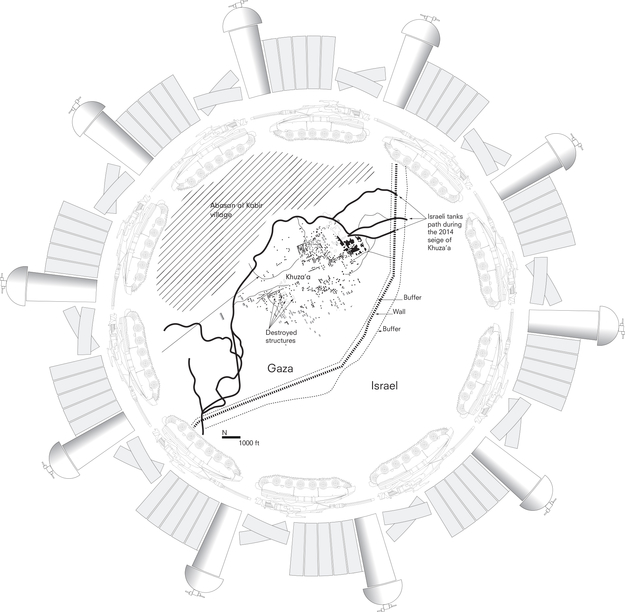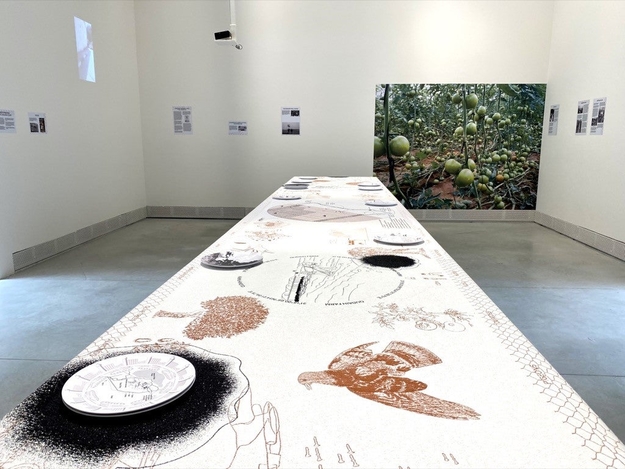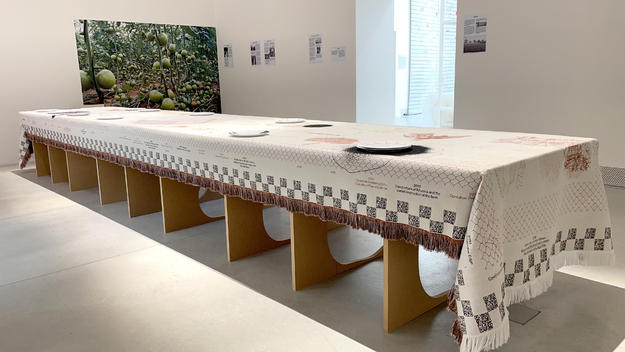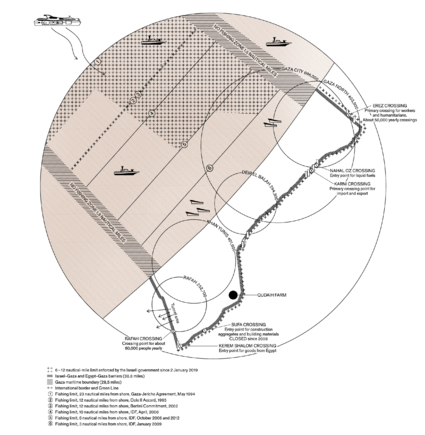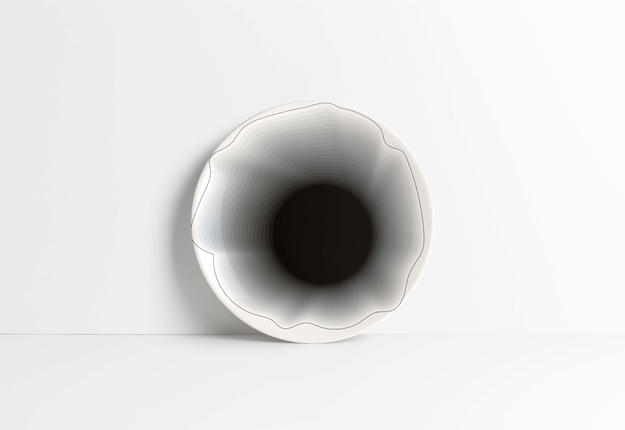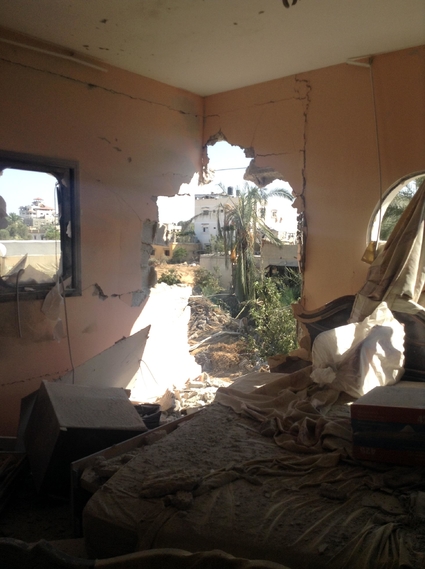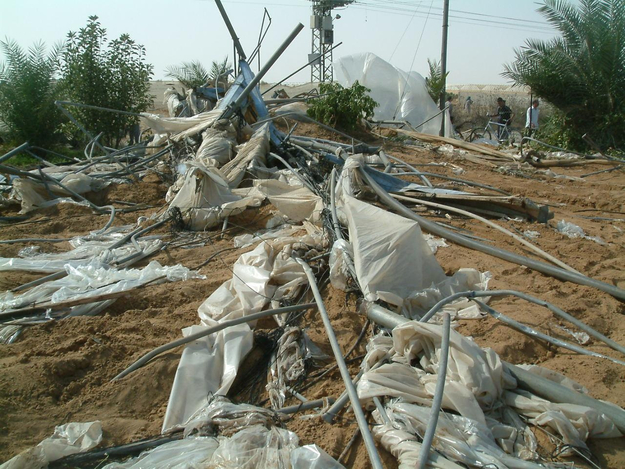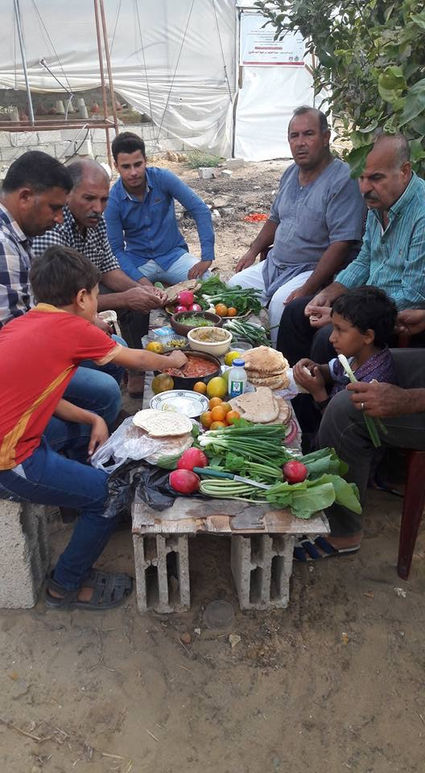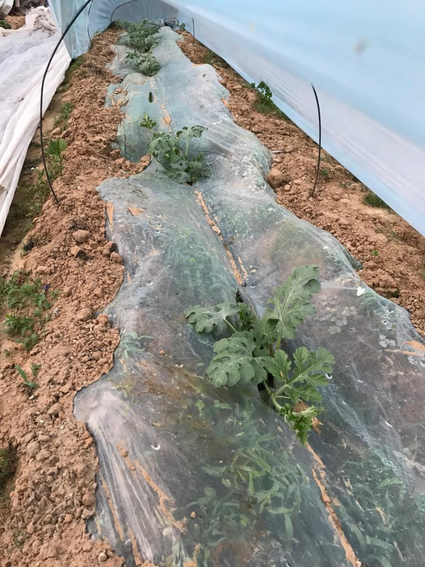About Border Ecologies and the Gaza Strip
This project traces the transformation of a small farm in Khuza’a; a Palestinian agricultural village in the Gaza Strip situated along one of the territory’s most militarized borders with Israel. In the past few decades, the four-dunam (or 4,000-square-meter) farm, owned and managed by Abd el Haleem and Khaldya Qudaih, has been attacked, damaged, and destroyed time and again by Israeli air raids, shelling, and patrols.
For the exhibition which was first shown at Venice Architecture Biennale, FAST has collected more than a dozen oral histories of daily life on the farm through ongoing conversations with Amir Qudaih and his family. Linking mundane material, such as watermelon, sardines, sand, and sediment, to bureaucratic protocols, Israeli-imposed restrictions, and continued acts of violence, these stories attest to the Khuza’a community’s continual engagement in collective acts of survival, resistance, mutual aid, and solidarity.
What you can see
The installation is centered on a dining table and a custom-made tablecloth, designed by Malkit Shoshan with Sandra Kassenaar and in collaboration with the Qudaih family, that features interwoven stories of daily life on the farm. Two projections juxtapose short videos of this farm life with footage of the perpetual violence the villagers face, all of which was captured on mobile phones by Khuza’a’s farmers. The exhibition also includes photographs, short stories and testimonies, and a website that makes the exhibition material accessible online for those who cannot visit in person, in particular the Qudaih family.
About Malkit Shoshan
Malkit Shoshan is a designer, architect and lecturer and the founding director of the architectural think-tank FAST: Foundation for Achieving Seamless Territory. She is the author and the mapmaker of the award-winning book Atlas of Conflict: Israel-Palestine. The book details the emergence of Israel and disappearance of Palestine over the past century. Shoshan did the exhibition concept, text, and design of the Border Ecologies exhibition and won The Silver Lion at the Venice Architecture Biennale for it.
About the Foundation for Achieving Seamless Territory (FAST)
FAST uses research, advocacy, and design to investigate the relationships between architecture, urban planning, and human rights. Their cross-disciplinary and multi-scalar work explores the mechanisms behind, and the impact of systemic and spatial violence on people’s living environments and livelihood. FAST develops collaborative initiatives and designs to promote spatial and social justice.
Information
Border Ecologies and the Gaza Strip Exhibition
24th of December 2021 until 21st of March 2022
Mediamatic ETEN
Visit during opening hours of the restaurant. (Fri, Sat, Sun from 12:00 till 17:00)
Free entrance
In case you have any questions, you can send an email to program@mediamatic.nl.
